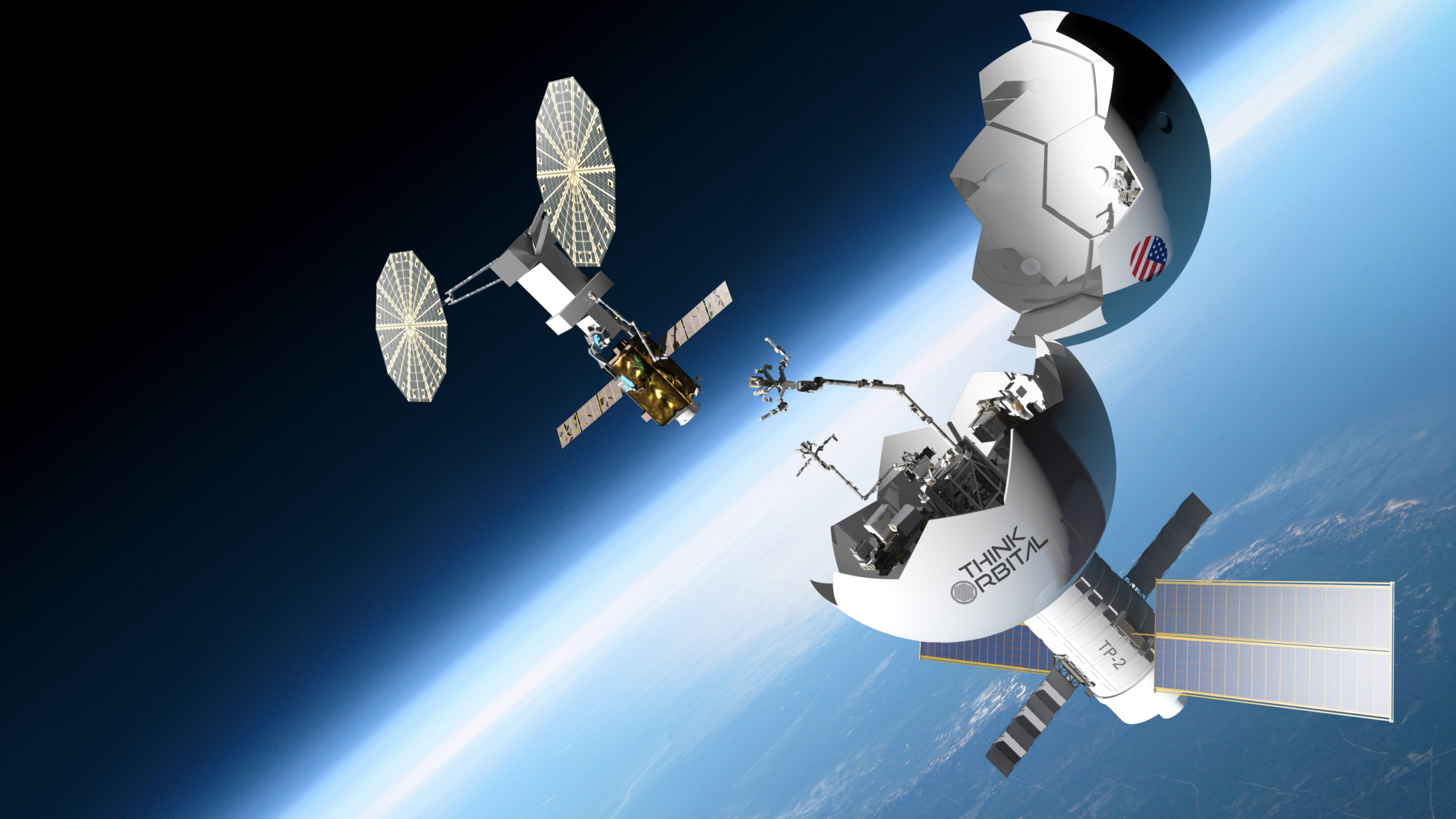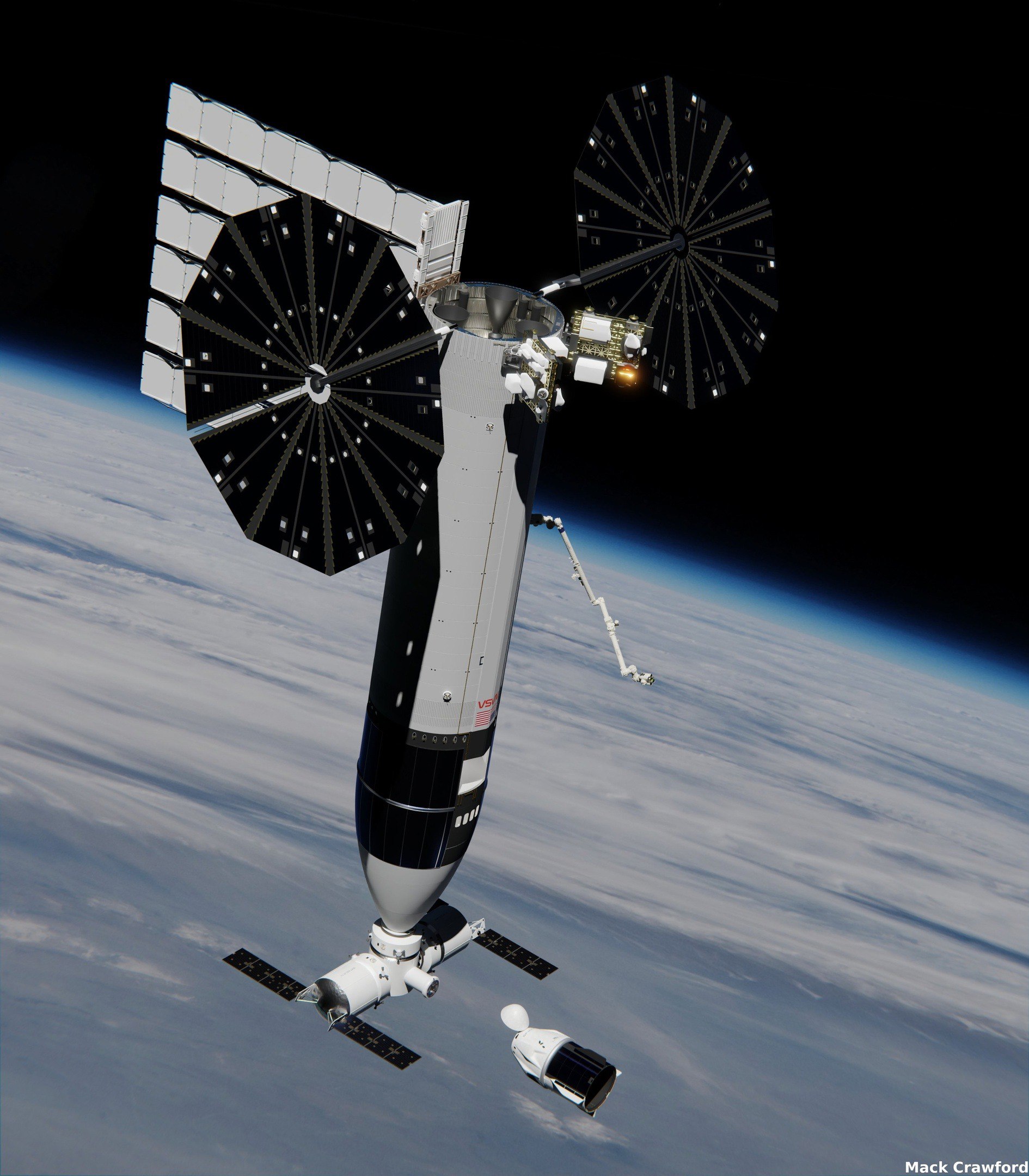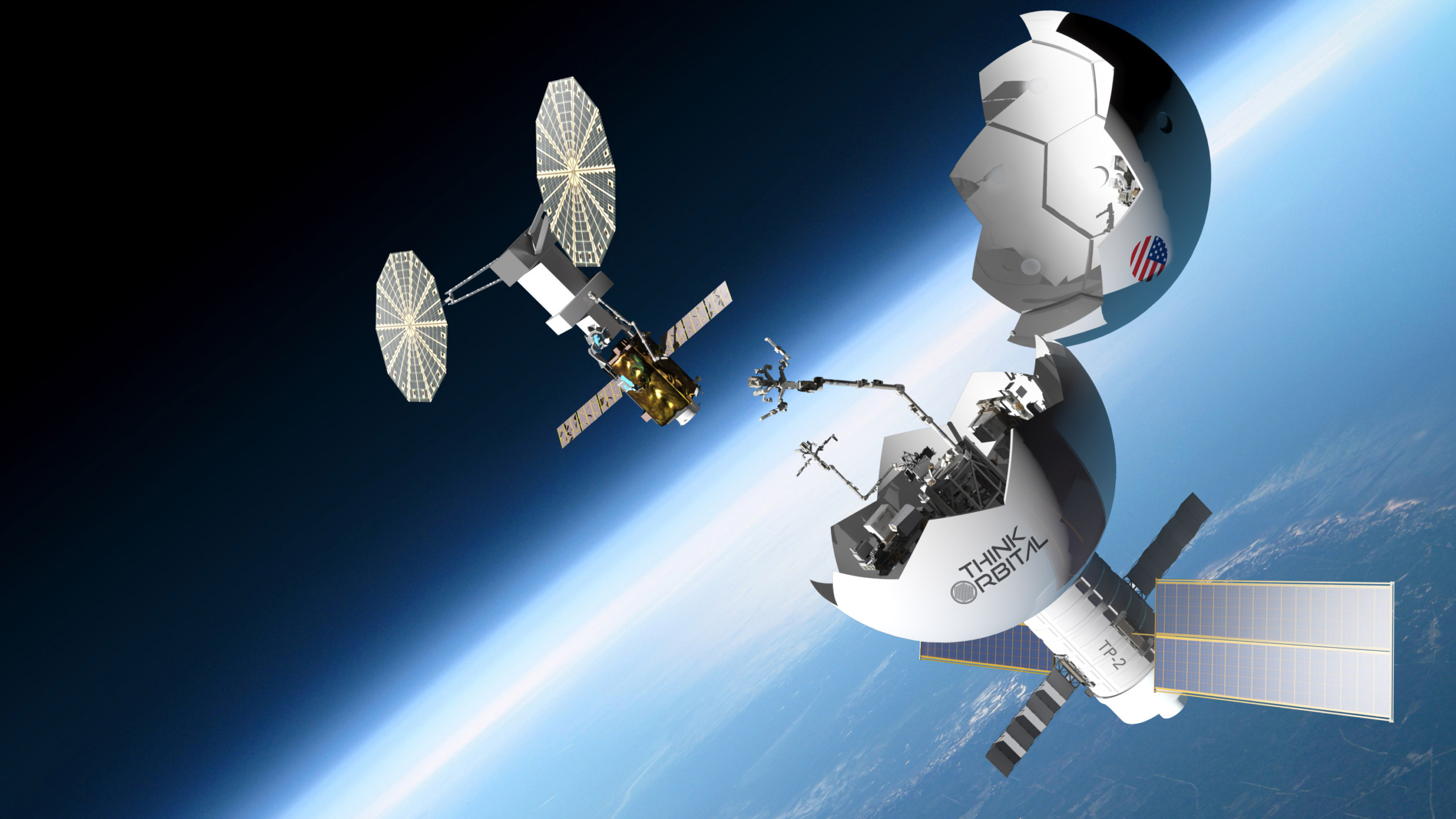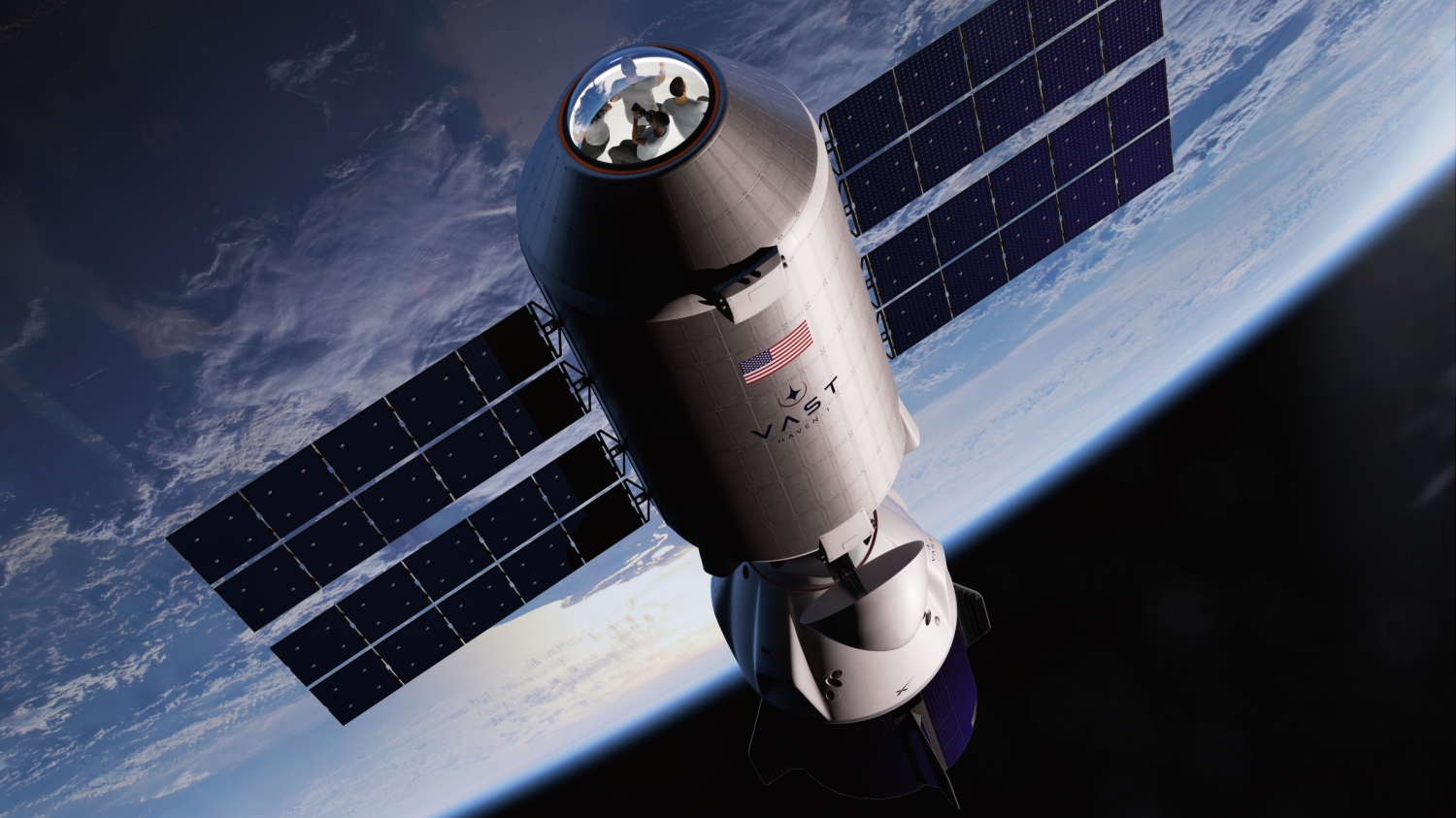
NASA has selected companies to participate in the Collaborations for Commercial Space Capabilities-2 (CCSC) program, which aims to develop new commercial space stations and technologies in low Earth orbit (LEO). The first iteration of the CCSC was launched in December 2014, when the agency signed contracts with ATK, Final Frontier Design, SpaceX and United Launch Alliance.
NASA has selected 7 American companies to participate in the second initiative:
- Blue Origin – to develop commercial transportation capabilities that will provide the United States with access to orbit for crew delivery and other missions.
- Northrop Grumman Systems Corporation – will provide autonomous and robotic technologies for commercial scientific research and manufacturing capabilities on LEO.

- Sierra Space Corporation – to develop a commercial ecosystem in orbit, including next-generation space transportation, infrastructure in space, and expandable and adaptable space facilities.
- Space Exploration Technologies Corporation (SpaceX) – will provide a growing portfolio of technologies with the near-term evolution of Dragon and the simultaneous development of Starship. The latter can also be used as a key element of the future modular orbital station.

- Special Aerospace Services – for the development of space maintenance technologies, propulsion systems and robotic technologies: autonomous maneuvering units (AMU) and the Astronaut Assist-AMU system, which are designed to safely assemble commercial destinations in low Earth orbit, maintain and inspect space systems.
- ThinkOrbital Inc. – to develop ThinkPlatforms: self-assembling, disposable, large-scale orbital platforms for a wide range of applications in low Earth orbit, including space research, manufacturing, and astronaut missions; and CONTESA: welding, cutting, inspection, and additive manufacturing technology to help with large-scale manufacturing in space.

- Vast Space LLC – collaboration on technologies and operations required for stations operating in microgravity and artificial gravity. This includes the Haven-1 mission, which will provide a microgravity environment for crew, research and production in space.

The future Haven-1 station, which will rotate to create artificial gravity and will initially operate as an autonomous unit, and later become one of the modules of the future 100-meter Vast station.
Earlier, the United States, Japan, Canada, and ESA (European Space Agency) member states confirmed that they would support the International Space Station until 2030, and Russia said it plans to do so until at least 2028.
Currently, the US space agency is funding the development of several private space station concepts, hoping that at least one of them will be launched before the ISS meets its end in a fiery (but controlled) re-entry into the Earth’s atmosphere. Last year’s NASA report said that the savings from moving from the ISS to commercial platforms as a place for collaboration and scientific research are estimated at about $1.3 billion in 2031 and will increase to $1.8 billion by 2033.
The new cooperation envisages that the companies will raise equity capital to implement space commercial projects together with NASA, using the agency’s knowledge and experience.

